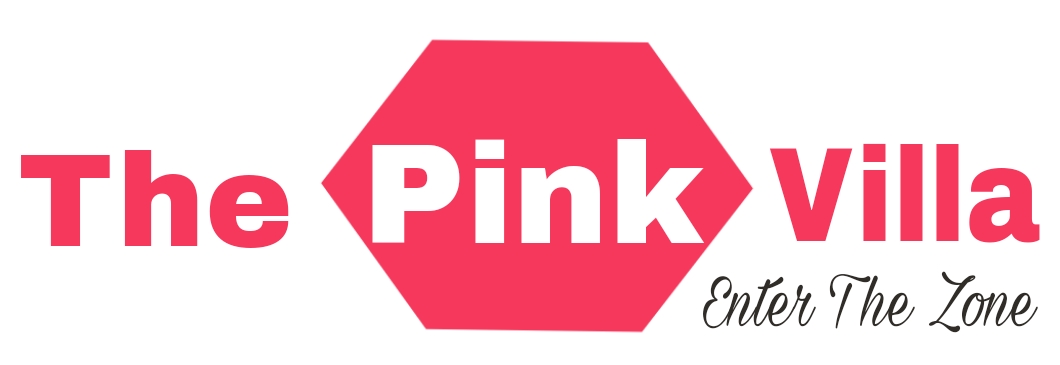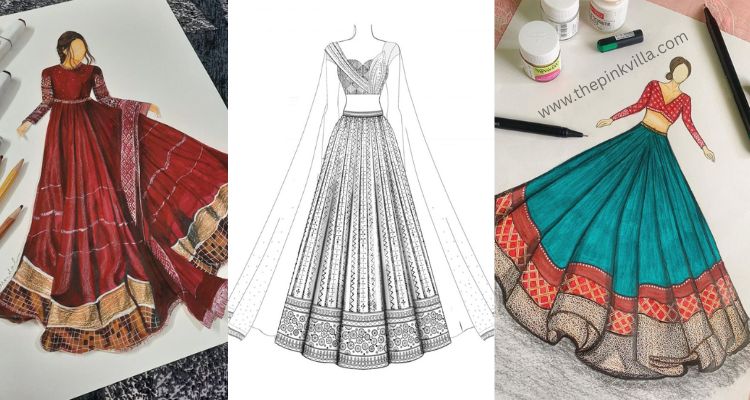For example, when the phrase of the fashion sketches eye comes to your head , you might think of fast pencil sketches of gowns, costumes, or vivid fashion sketches design. But they’re more than drawings. They’re the first step of fashion design. Every collection begins with a sketch. It’s where creativity comes alive before fabric ever touches a mannequin.
What is sketching in fashion?
Simply, fashion sketches means the visual representation of the clothing ideas of the designer on paper. The designers create these sketches to represent styles, features, and the materials of the product. A sketch just isn’t art — it’s a plan. It conveys to the dressmakers and the pattern makers what the end product will be like. Without it, concepts would still be intangible.
How to start a fashion sketches?
Starting is easier than you think. Begin with a fashion croquis, which is a body outline. You don’t need to draw a perfect figure. Instead, focus on proportions. Once you have a croquis, add clothing details—necklines, sleeves, folds. Then, shade or color your sketch. That’s when it starts to look alive.
How to fashion sketches for beginners?
In case you are new, no need to panic. It is common for beginners to assume that a sketch should be a work of art right away. Things are not that way. Begin with stick figures or simple body outlines. Slowly, add volume and clothing. Use soft pencils first. Erase and redraw when needed. With time, your confidence grows. Think of it as learning writing by hand—it improves with time.
What are the 5 basic shapes in sketching?
Every sketch, even fashion sketches, comes down to five shapes. They are the circle, oval, triangle, rectangle, and square. Designers use these to form bodies and garments. For example, a triangle can become a skirt. Rectangles make jackets. Circles can be sleeves or collars. Once you master shapes, sketching becomes much easier.
For more interesting & informative articles visit The Pinkvilla
How can I practice sketching?
Practice is the real secret. Begin with 5-minute sketches on a daily basis. Try not to make them perfect. Don’t aim for perfection. Just capture movement and flow. Try copying runway looks from magazines. Then, create your own designs. Hold on to a sketchbook. Doodle whenever ideas come. Over time, your pages will show your growth.
I remember my early sketches. The figures looked stiff, almost robotic. But with practice, they gained life. A mentor once told me, “Don’t chase perfect lines. Chase energy.” That advice changed my approach. Suddenly, even my messy lines looked stylish.
Why are fashion sketches important?
Sketches are the words of fashion, a shorthand to convey ideas quickly and clearly to the viewer. Words can maul, but one sketch immediately tells a gown. It is a time-saaver, and promotes creative thinking. Designers like Karl Lagerfeld left the house without a sketchbook. If you want to improve, try and reference — a photograph, a magazine. There are other instruments to try, pens, digital pencils. Draw shadow for depth and take cues on movement, catching fashion’s flow. Their feedback is helpful when you share your sketching. Sketching also calms the mind. When it’s been a full day, I relax by drawing fast outfits with friends. We chuckle at the rough sketches and have an idea each of us admits is new. It’s a personal, creative joy.
Final thoughts
Fashion sketches are more than lines on paper. They’re the start of every design journey. From beginners to professionals, sketching builds imagination and skill. So, if you’ve ever dreamed of designing, pick up a pencil. Start small. With time, your sketches will speak louder than words. And who knows? Your simple doodle today might be the next runway masterpiece.

